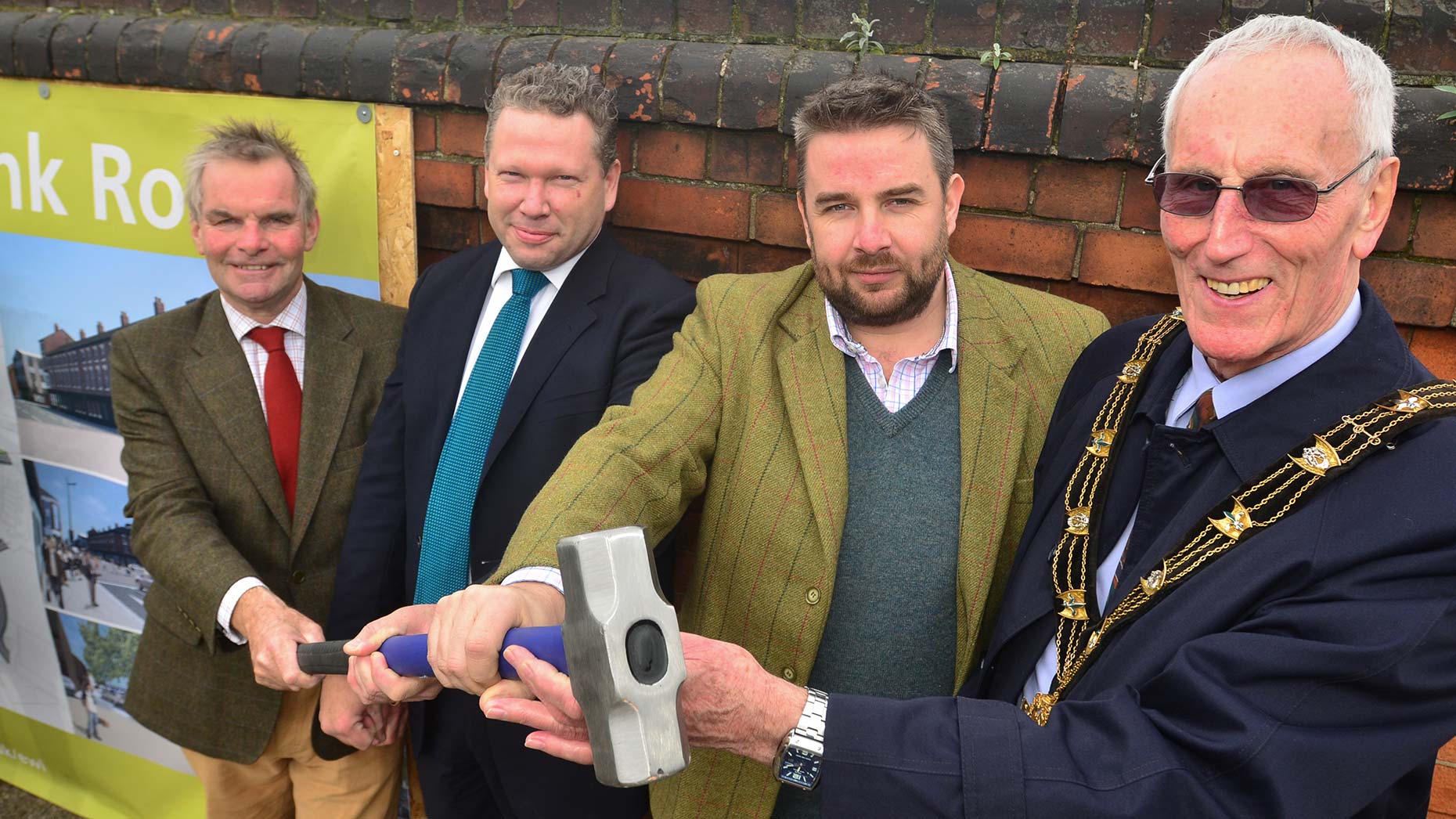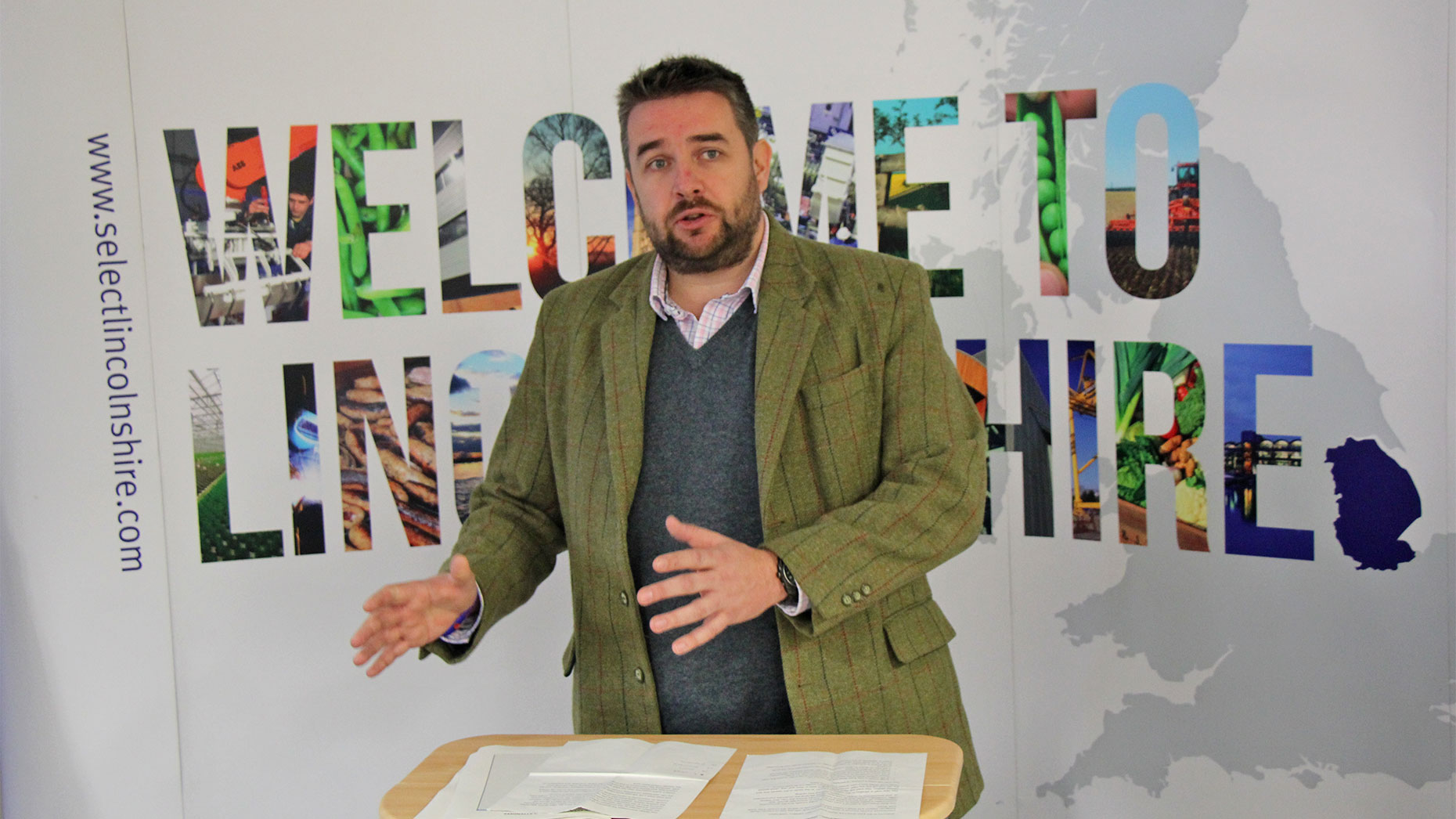In a large rural county like ours, the road and transport network is absolutely vital. It’s what keeps everything moving, like the oil in a car engine.
As Lincolnshire County Council’s executive member for highways and transport, I care passionately about the local infrastructure – and, judging by my postbag and email inbox, so do residents!
Much of your correspondence with me is about potholes, so I’m pleased to tell you we’re making real progress in tackling them.
Extra money from the Government last summer – plus our own careful budgeting – enabled us to spend an additional £12m on highways maintenance in 2014, on top of the £50m already planned.
As this year draws to a close, we expect to have resurfaced over four million square metres of roads and permanently repaired thousands more potholes.
Already, I think we’re seeing a big difference, and I’m delighted – in my regular visits to all four corners of the county – to hear how many residents and businesses feel the same.
What’s more, it’s just been announced that we’ll be getting a further windfall of £9m from the Government for highways maintenance in 2015/16 – a real boost to our plans.
As well as maintaining the road network, we give priority to winter gritting, ensuring we have at least 34,000 tonnes of salt – bought in advance at the best prices – in stock at any one time.
More generally, we’re committed to long-term infrastructure investment to keep Lincolnshire moving. That’s not just good for local people in their day-to-day lives, it’s also crucial for our economic prosperity.

Leader of Lincolnshire County Council Martin Hill, Lincoln MP Karl McCartney, Councillor Richard Davies and Mayor of Lincoln Councillor Brent Charlesworth. Photo: Steve Smailes for The Lincolnite
At this time last year, we had just finished a major programme of works on Lincoln’s Newark Road, at the junctions with Brant Road, Hykeham Road and Rookery Lane.
As anticipated, it has eased congestion on a vital route in and out of the city, while the Access LN6 sustainable travel project though North Hykeham has also notched up real successes.
They include more than 2,500 rentals under our hirebike scheme since its launch in August 2013.
With an extra six hirebike stations now installed, the take-up should move up another gear in 2015, encouraging even more people to leave their cars at home.
Meanwhile, bus travel to Witham St Hughs and Bassingham has increased by more than 70% since 2011 – the equivalent of 14,000 new passengers on the PC Coaches 38 and 49 services.
On the coast, the council has been awarded £4m for sustainable transport in Skegness in 2016-17, enabling us to improve things like footways, cyclepaths, bus priority and signage.
In Grantham, too, the long-awaited relief road is finally starting to take shape, with work due to start in the spring on the first leg. Design on a similar scheme for Spalding is also underway.
Then there’s the vital East-West Link in Lincoln, where construction started in November, and a Canwick Road upgrade, due to begin early in New Year.
For the future, a public inquiry into the legal orders needed for the Lincoln Eastern Bypass will be held within the next few months, hopefully enabling us to move the scheme forward while £50m of Government funding remains available.
Away from roads, we and our “onlincolnshire” project partner BT are proud of our shared success in extending the availability of superfast broadband to over 1,000 more properties every week.
Whether it’s broadband or bypasses, bikes or buses, it’s all about investing in 21st-century connectivity for the benefit of present and future generations.
Despite the challenges ahead, that’s surely something to celebrate this New Year!







